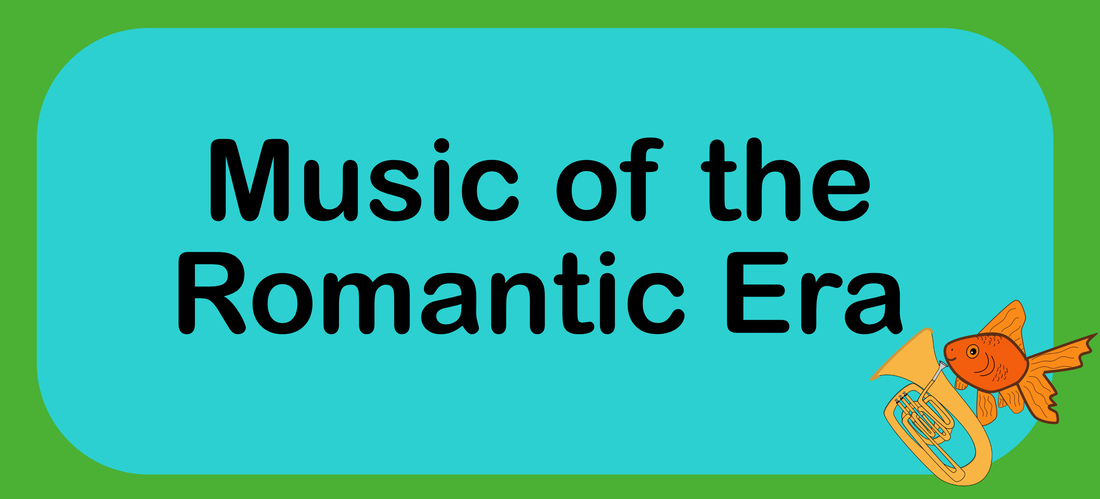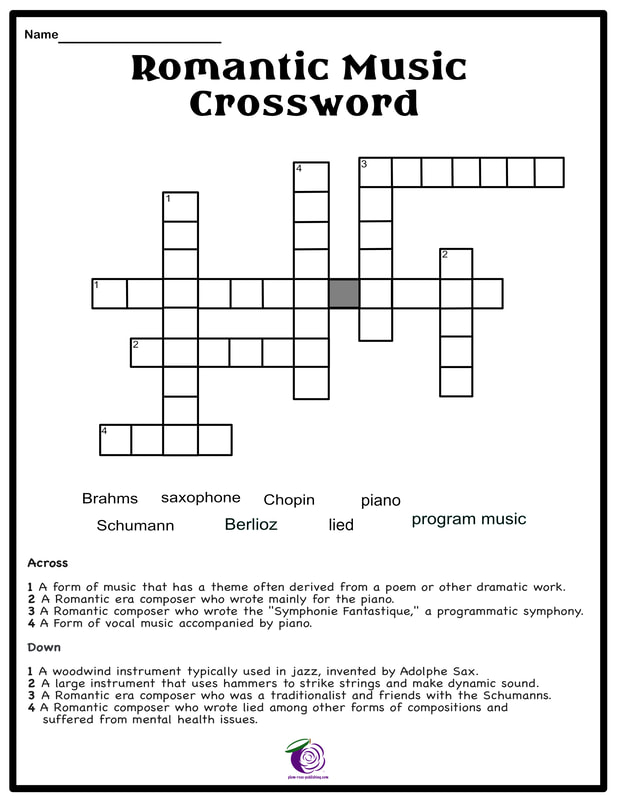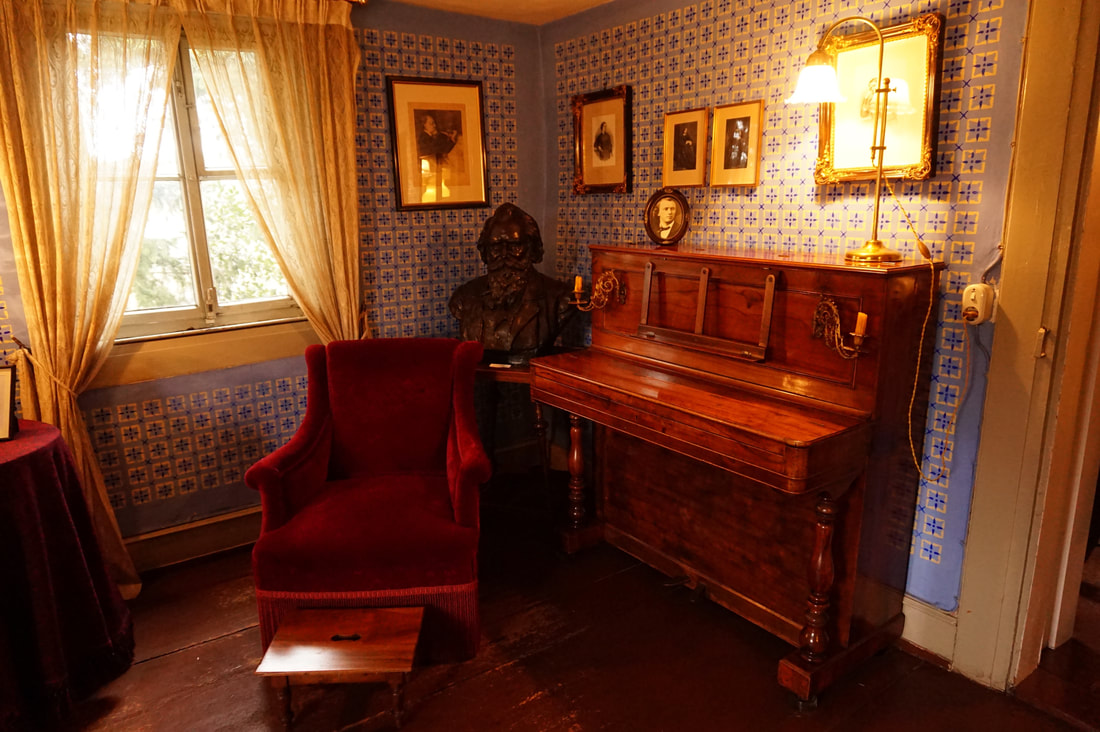History of Romantic Era MusicFrom 1760-1840 the world saw a dramatic change: the Industrial Revolution. People could work in factories which meant products were made and brought to the public much faster. But the reaction of the public to this highly mechanical and busy new society was just the opposite. Music and literature of this time reflected a sense of nature, individualism, and emotion.
Music during the Romantic era had rich, full harmonies and a bigger dynamic range. More chromatic harmonies allowed for dissonances in the music which intensified the emotion of the composition. Composers played with rhythm and syncopation. This can be seen in some of Beethoven's later work and is one of the reasons Beethoven is viewed as a transitional composer. His early music was in the Classical era, but his later music was in the Romantic era. Program MusicA popular compositional form was Program music. Program music was instrumental music which had a distinctive meaning, often from a poem, legend, or other text. An example of program music is Vivaldi's "Four Seasons." Each piece is about a specific season of the year, focusing the listener to imagine something very specific like "summer." Absolute music is music that doesn't have a specific idea that it is about. The listener is open to imagine anything.
Download a Free Crossword about Romantic Music |
Critical Thinking Questions
LiedThe Romantic period also enjoyed a large amount of lied (German song with voice accompanied by piano.) Composers like Robert Schumann, Franz Schubert, Johannes Brahms, and Ludwig van Beethoven were really good at composing lieder.
|
| |||||||||||||





